Arctic birds breeding earlier
Migratory birds that breed in the Arctic are starting to nest earlier in spring because the snow melt is occurring earlier in the season. This is confirmed by a new collaborative study,”Phenological advancement in arctic bird species: relative importance of snow melt and ecological factors” published in the current online edition of the journal Polar Biology. The scientists, including Wildlife Conservation Society (WCS) biologists, looked at the nests of four shorebird species and one songbird in Alaska, recording when the first eggs were laid in the nests. The work was undertaken across four sites ranging from the oilfields of Prudhoe bay to the remote National Petroleum Reserve of western Arctic Alaska.
The scientists looked at nesting plots at different intervals in the early spring. Other variables, like the abundance of nest predators (which is thought to affect the timing of breeding) and satellite measurements of “greenup” (the seasonal flush of the new growth of vegetation) in the tundra were also assessed as potential drivers, but were found to be less important than snow melt.
Lead author Joe Liebezeit from the Audubon Society of Portland says “it seems clear that the timing of the snow melt in Arctic Alaska is the most important mechanism driving the earlier and earlier breeding dates we observed in the Arctic. The rates of advancement in earlier breeding are higher in Arctic birds than in other temperate bird species, and this accords with the fact that the Arctic climate is changing at twice the rate.”
Over nine years, the birds advanced their nesting by an average of 4-7 days. The researcher says this fits with the general observation of 0.5 days per year observed in other studies of nest initiation in the Arctic, of which, they say, there are not very many. The rates of change are much higher than those of observed in studies of temperate birds south of the Arctic.
Co-author Steve Zack from WCS says “Migratory birds are nesting earlier in the changing Arctic, presumably to track the earlier springs and abundance of insect prey. Many of these birds winter in the tropics and might be compromising their complicated calendar of movements to accommodate this change. We’re concerned that there will be a threshold where they will no longer be able to track the emergence of these earlier springs which may impact breeding success or even population viability”.
WCS Beringia Program Coordinator Martin Robards says “Everything is a moving target in the Arctic because of the changing climate. Studies like these are valuable in helping us understand how wildlife is responding to the dramatic changes in the Arctic ecosystem. The Arctic is so dramatically shaped by ice, and it is impressive how these long-distance migrants are breeding in response to the changes in the timing of melting ice.”
In connection with Migratory Bird Day some time ago, I talked to Ferdinand Spina, head of Science at Italy’s National Institute for Wildlife Protection and Research ISPRA, in Bologna, Italy. He is also in charge of the Italian bird ringing centre, and Chair of the Scientific Council of the UN Convention on Migratory Species, CMS. In the interview, he stressed that climate change is becoming one of the greatest threats to birds that breed in the Arctic.
“Birds are a very important component of wildlife in the Arctic. There are different species breeding in the Arctic. The Arctic is subject to huge risks due to global warming. It is crucially important that we conserve such a unique ecosystem in the world. Birds have adapted to living in the Arctic over millions of years of evolution, and it’s a unique physiological and feeding adaptation. And it is our duty to conserve the Arctic as one of the few if not the only ecosystems which is still relatively intact in the world. This is a major duty we have from all possible perspectives, including an ethical and moral duty, ” he says. We talked about the seasonal mismatch, when birds arrive too early or too late to find the insects they expect to encounter and need to feed their young.
This reminds me of a visit to Zackenberg station in eastern Greenland in 2009. At that time, Lars Holst Hansen, the deputy station leader, told me the long-tailed skuas were not breeding because they rely on lemmings as prey. The lemmings were scarce because of changes in the snow cover.
Jeroen Reneerkens is another regular visitor to Zackenberg, as he tracks the migration of sanderlings between Africa and Greenland. A great project and an informative website!
Morten Rasch from the Arctic Environment Dept of Aarhus University in Denmark is the coordinator of one of the most ambitious ecological monitoring programmes in the Arctic. The Greenland Environment Monitoring Programme includes 2 stations, Zackenberg, which is in the High Arctic region and Nuuk, Greenland’s capital, in the “Lower” Arctic. Hansen and other members of Rasch’s teams monitor 3,500 different parameters in a cross-disciplinary project, combining biology, geology, glaciology, all aspects of research into the fragile eco-systems of the Arctic. At that time, he told me during an interview, ten years of monitoring had already come up with worrying results:
“We have experienced that temperature is increasing, we have experienced an increasing amount of extreme flooding events in the river, we have experienced that phenology of different species at the start-up of their growing season or the appearance of different insects for instance now comes at least 14 days earlier than when we started. And for some species, even one month earlier. And that’s a lot. You have to realise the entire growing season in these areas is only 3 months. When we start up at Zackenberg in late May, or the beginning of June, the ecosystem is completely covered in snow and more or less frozen, and when we leave, in normal years – or BEFORE climate change took over – then we left around 1st September and the ecosystem actually started to freeze up. So the entire biological ecosystem only has 3 months to reproduce and so on. And in relation to that, a movement in the start of the system between 14 days and one month – that’s a lot.”
Listen to my radio feature: Changing Arctic, Changing World
I can’t write about birds and climate change in the Arctic without finishing off with a mention of George Divoky, an ornithologist whose bird-monitoring has actually turned into climate-change monitoring on Cooper Island, off the coast of Barrow, Alaska. George looks after a colony of Black Guillemots and spends his summer on the island. In recent years, he has taken to putting up bear-proof nest boxes for the birds, because polar bears increasingly come to visit, as the melting of the sea ice has reduced their hunting options. He has also observed the presence of new types of birds which die not previously come this far north.
Climate talks at glacial place?
Who would have believed it? It has been a long time since the routine UN climate talks in Bonn aroused much in the way of enthusiasm. Frustration or even despair were more likely the order of the day.
Since the debacle in Copenhagen in 2009, it has been hard to stir up any kind of optimism in the climate debate. The planet is heating up, CO2 emissions are still on the increase, the ice caps are melting, storms, floods and droughts are causing huge problems even for wealthy, industrialized nations.
At the same time the UN negotiations have been slithering along at glacial pace. One upon a time, that meant very slow. But with increasing warming, even the ice giants are on the move. The sea level is rising – and maybe even the UN climate talks are sliding into motion.
A glimmer of hope from the climate sinners?
In recent years, the UN summer meetings on the banks of the Rhine were at best good to fill a hole on a news-slack day. This time, it was different. Just before the talks started, US President Barack Obama got the “snowball” rolling with his announcement he would use the Environmental Protection Agency to impose tough restrictions on emissions from coal power plants.
It’s time for innovative solutions all round. Extreme weather at home has taught America to fear climate change. Obama wants climate action to be his legacy. That can only be a good thing for all of us.
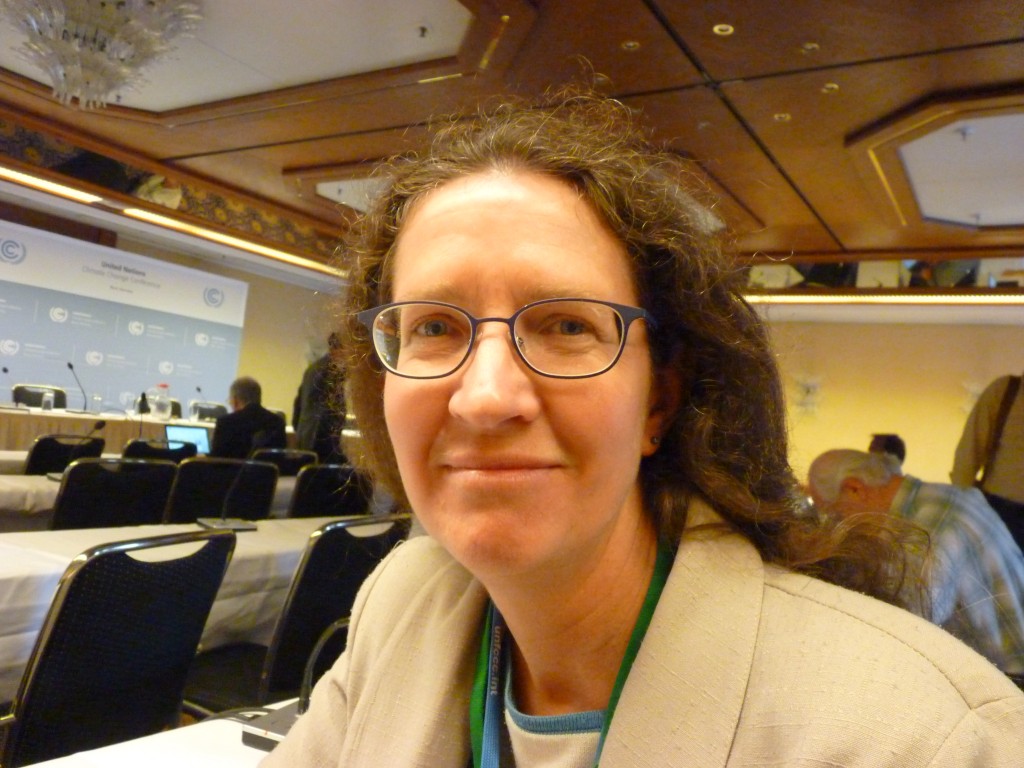
Pam Pearson, Director of the International Cryosphere Climate Initiative told me people in her home state Florida are more aware of the importance of the polar ice. (Pic: IQ)
When China then came out with the intention to cap its emissions, the world really had to sit up and take notice. Even the to-ing and fro-ing on how, why and when, or whether it was just the “personal opinion” of a high-ranking climate representative could not dampen the enthusiasm. For the first time ever, it looks as if the world’s two biggest emitters could actually be prepared to act.
Meanwhile more encouraging signs came out of India and Latin America.
Renewables on the ‘up’
At the start of the Bonn talks, a broad coalition of environment, human rights, indigenous and women’s groups demonstrated outside the conference venue for a worldwide switch to renewable energies. By the end of the talks, 60 countries had signaled support for a 100 percent switch by 2050. German Environment Minister Barbara Hendricks had to admit Germany was not making its targets right now, but would introduce new measures to reach its ambitious goal of a 40 percent emissions reduction by 2020.
If the EU could also bring itself to increase its targets and regain its old position as a climate leader, if the energy crisis caused by the Ukraine dispute could convince politicians that renewable energy is the key to energy security and independence, Europe could well be on its way to hosting a conference that will give birth to a new global agreement.
And even if the UN structures cannot move fast enough: renewable energies are on the rise. UNEP figures show more investment in renewables in the last year than in oil, coal and gas together. Even outside the UN context governments, companies and consumers are finding reason enough to reduce fossil fuel consumption. All is not yet lost for the melting icecaps. The climate snowball is gathering speed.
Polar Ice at UN Bonn Climate Talks

… And the ice continues to melt. (Pic: I. Quaile)
The delegates to the UN climate meeting currently taking place here in Bonn are receiving an urgent appeal from polar scientists to cut emissions to slow polar ice melt and give low-lying coastal regions more time to adapt to rising sea levels.
I was very interested to hear about a side-event being held here this evening, at which the authors of this year’s key studies on developments in the Antarctic will be explaining the connections between melting polar ice and climate change impacts like rising seas, affecting regions as diverse as small island states, Bangladesh or Florida in the USA.
I interviewed Anders Levermann from PIK, the Potsdam Institute for Climate Impacts Research and Pam Pearson, Director of ICCI, the International Cryosphere Climate Initiative, both in Bonn for the event.
The ICCI decided to bring the cryosphere into the Bonn talks to sensitize delegates to the dramatic developments in the Antarctic in particular, says Pearson. Ice Blog readers (and I was so delighted to hear Pam herself is one!) will remember posts earlier this year on melting in the East and West Antarctic. I also covered these in articles for DW. The shocking thing is that the Antarctic, even East Antarctica, which was until relatively recently considered so cold it had to be safe from global warming, is already being affected by climate change. The papers on the West Antarctic even described the melt trend as “irreversible”.
“We have entered an era of irreversible climate change”.
Today, Anders Levermann, author of the East Antarctic paper and one of the world’s leading Antarctic researchers, told me “we have entered a new era of climate change, witnessed the tipping of the West Antarctic ice sheet, and this is irreversible”.
That should really shock people into action, you would think. But climate negotiations are moving, as one of the experts said to me at the meeting “at a glacial pace”. As we can see in Antarctica, though, and Greenland and other regions, those glaciers are speeding up. Maybe there is hope for the climate talks yet!
The announcements by the USA and China on possible emissions cuts have brought a new “buzz” to the Bonn conference. The fact that the key emitters could finally be getting the message and preparing to move, with the impacts of climate change hitting their own countries, has to be a positive signal. Pearson confirmed to me that people in the sunshine state of Florida, where she lives, had become more aware of the importance of melting ice caps with increasing floods and storms.
As Levermann says, Antarctica and Greenland have a huge potential to raise sea level further than previously anticipated. He was lead author on the IPCC report chapter on sea level rise. The latest IPCC report factored in some of the likely impacts from melting ice in these regions for the first time. Of course the latest research was not yet included. For the 21st century forecast, this will not make a lot of difference, says Levermann. But the fact that this irreversible Antarctic melt is now underway will make a big difference to coming generations.
There are those who dispute whether the warming of the ocean, which is causing the Antarctic melt (unlike the surface melt on Greenland) is man-made. Levermann does not rule out natural variation as a possible influence. But ultimately, he says, that is irrelevant. Greenhouse gas emissions and so human interference are warming the planet, and any further warming, whatever the cause, will speed up ice melt. So cutting emissions is the way to slow it down and, Pearson adds, gives people time to adapt to rising seas.
The combination of models based on the principles of physics, using a higher resolution than ever before, and evidence from ice cores showing what happened in the past, make for a high degree of certainty about these ice developments, says Levermann.
“The level of warming will determine the rate with which we discharge West Antarctica, and we can still prevent the tipping of East Antarctica”, the cryosphere experts told us here in Bonn.
That is a huge responsibility. Here’s hoping the message will make it into the hearts and minds of those negotiating the future of the earth’s climate and the governments they represent.
Time for a “new environmentalism”?
What are these cuddly marmots doing on an exhibition stand at Green Week, Europe’s biggest environment policy gathering, being held this week in the Belgian capital Brussels? They have the honour of decorating the stand of the Swiss-based World Resources Forum, not just because they look cute, a representative tells me, but because of their resources-saving, nature-friendly lifestyle. The “marmies” (I have enjoyed their antics many times while hiking in the Swiss Alps) are the hibernating, vegetarian type. They eat enough in the short alpine summer to see them through the winter, which they spend in burrows on the hillside.
Meanwhile, we humans consume the planet’s resources at a disastrously unsustainable rate and pump greenhouse gases into the atmosphere at a rate that is threatening to change the planet beyond recognition, melting polar ice, destroying much of our biodiversity, raising the sea-levels, making the oceans more acid at the same time and devastating many regions with extreme weather, storms, floods and drought.
Hm. Small wonder this year’s Green Week kicked off with a high-level debate on whether we need a “new environmentalism”. James Murray, editor of the London-based online “businessGreen” magazine, who chaired the “summit”, says “environmentalism is in crisis” and green economic models are not becoming mainstream fast enough.
Keynote speaker Jeffrey Sachs, Director of the Earth Institute at Columbia University and environmental guru to many, said fighting climate change certainly had to become priority No.1. In this connection, he picked up on President Obama’s move to break the climate deadlock by capping coal power plant pollution through the EPA. Last time I spoke to him at a meeting in Abu Dhabi last year, he was very frustrated about his country’s stance on emissions and climate. Understandably he is delighted by the new move. We have the technology, says Sachs. These new regulations would force US states to come up with concrete plans to reduce emissions. What we need, he says, is political determination backed up by a firm plan and timetable.
UNEP chief Achim Steiner was also here in Brussels for the gathering. He told me in an interview he didn’t think we need a “new environmentalism”. The environment movement has to keep evolving to meet the challenges of the respective age, he says. And we shouldn’t do down the achievements of environment campaigners to date. He too is upbeat about the Obama administration initiative – and the possibility that China could be prepared to put a cap on its emissions. Nevertheless, even this most optimistic of UN officials has to admit we lack satisfactory answers to many of the sustainability-related challenges of our time.
Marco Lambertini, new DG of WWF International, with whom I conducted an interview when he took office, was addressing the forum for the ngo community. He told me then and repeated here that WWF is changing its campaigning style to reach the masses of people who are not “the converted”. We have to leave our comfort zone, as he puts it. And social media play a key role, he says. He talked about Earth Day and how it has turned from an ngo thing into a local community-driven mass event, thanks especially to the power of social media. He also argues for abandoning what he calls “post-colonial environmentalism”, i.e. money from the north to fund projects in the south, in favour of a more inclusive, local-to-global approach. Only mass pressure from millions can really change the system, Lambertini argues.
Sandra Steingraber, American biologist, author, film-maker and anti-fracking campaigner went furthest in her considerations of the state of the environment movement. Reminding the forum that improvements in the US climate record were thanks to the use of environmentally irresponsible fracking, she says the world is being held hostage by the fossil fuels industry and “we need a vigorous new environment movement to engage in hostage rescue”.
In a week where my attention is shifting between the debates here in Brussels on just what we need to bring about a circular economy and protect strained resources and a stressed environment, and the talks at home in Bonn aimed at a new international climate agreements, it becomes clearer than ever that the issues are completely inter-connected. The increased attention shown by my media colleagues both at DW and amongst the other stations and publications in both the Green Week and the UN talks in Bonn makes me feel optimistic, on the one hand. Environment and climate have come into the mainstream. On the other hand, that demonstrates how seriously they are under threat.
Please see also my DW article on Green Week, the UN climate talks and environmentalism and my interview with Germanwatch political director Christoph Bals on the prospects for those Bonn climate talks.



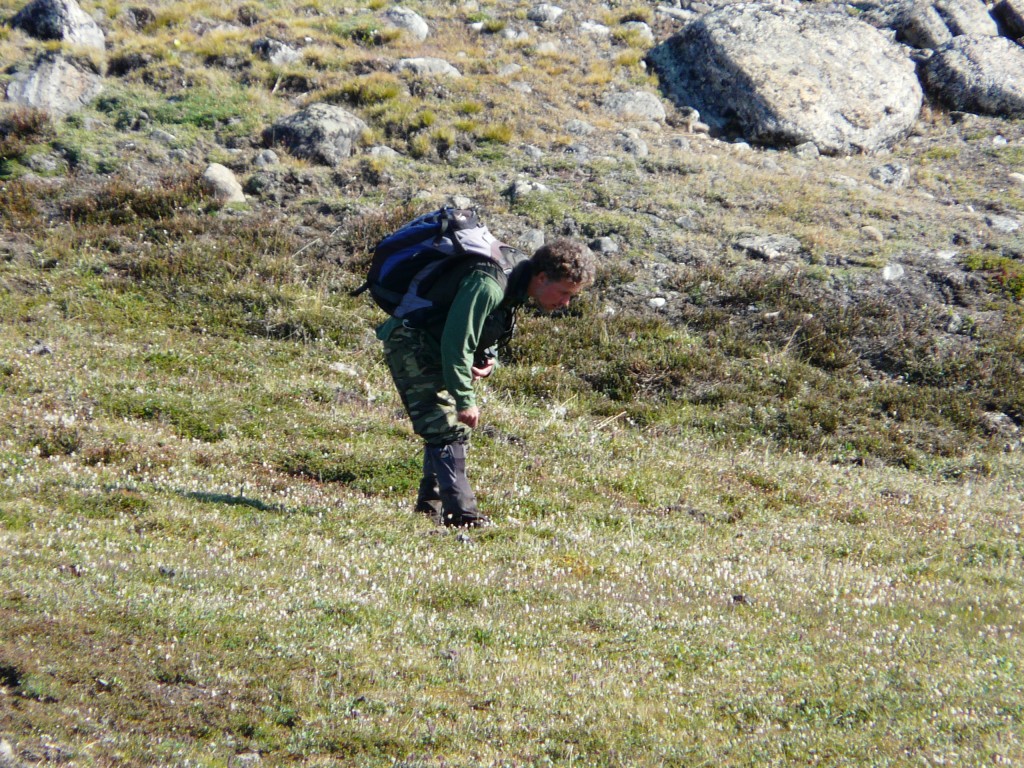
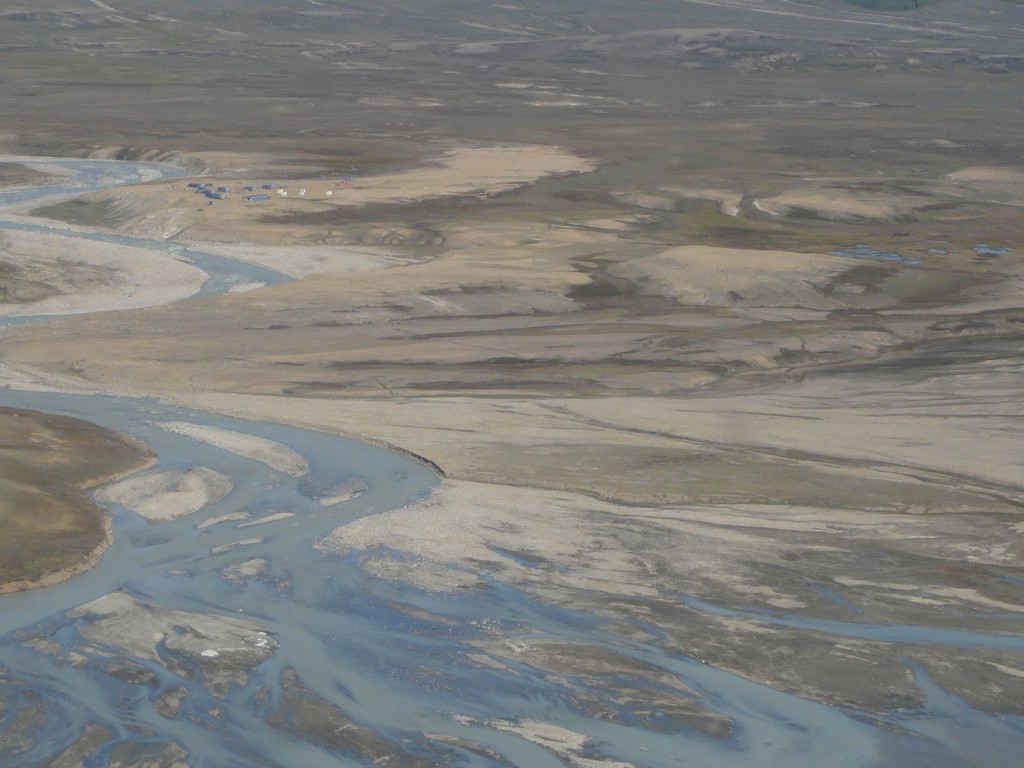

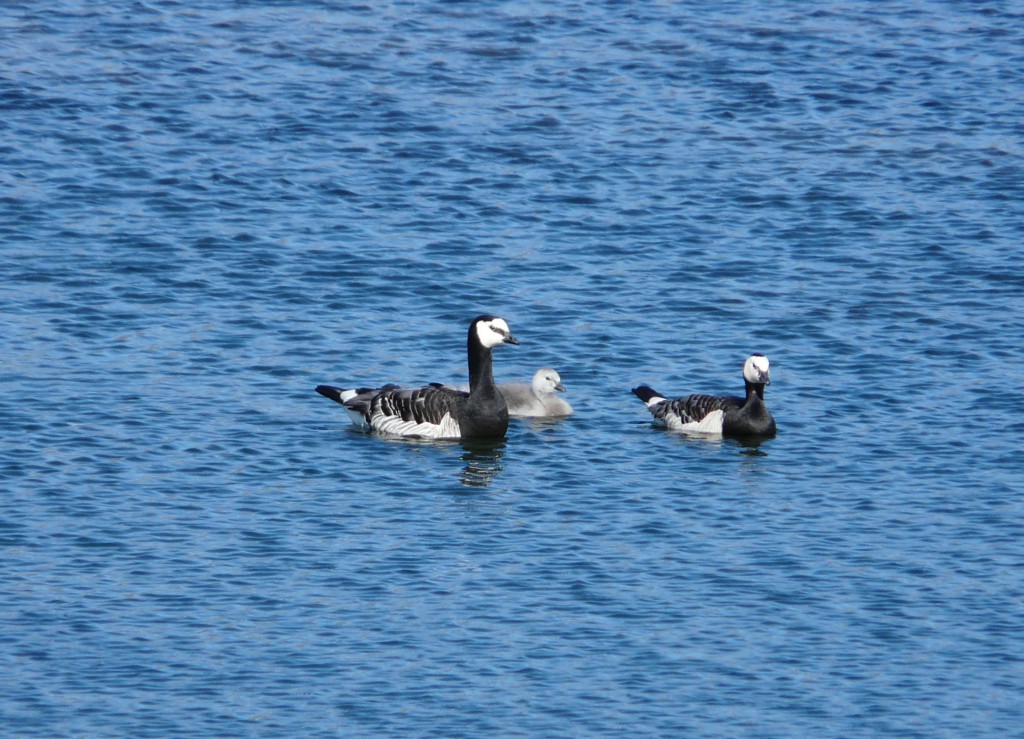

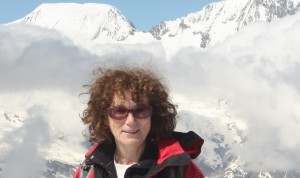
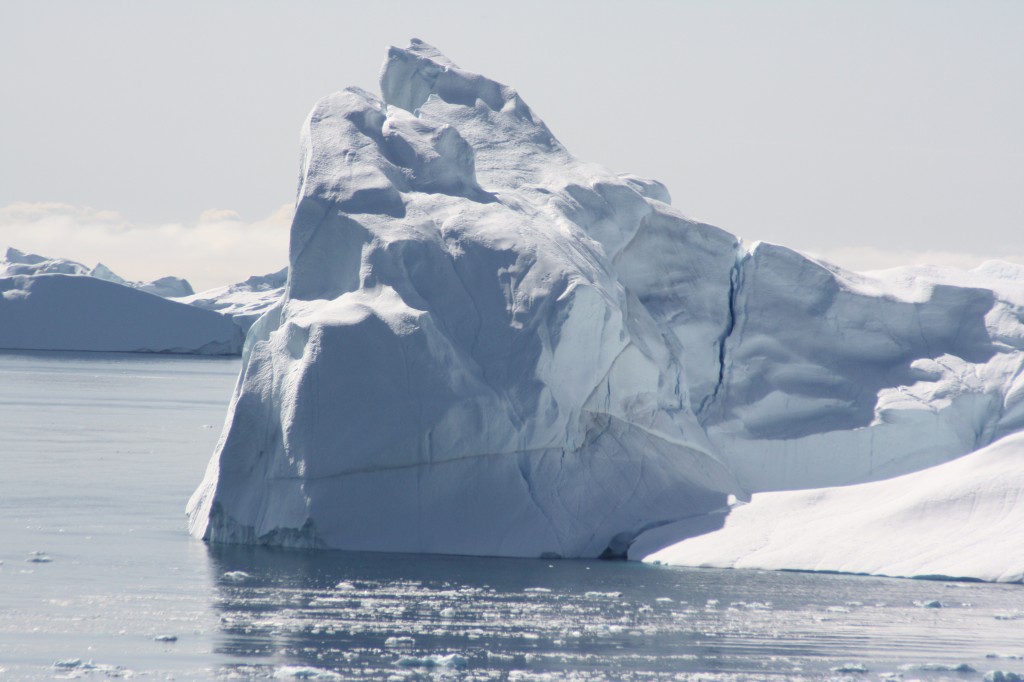















Feedback